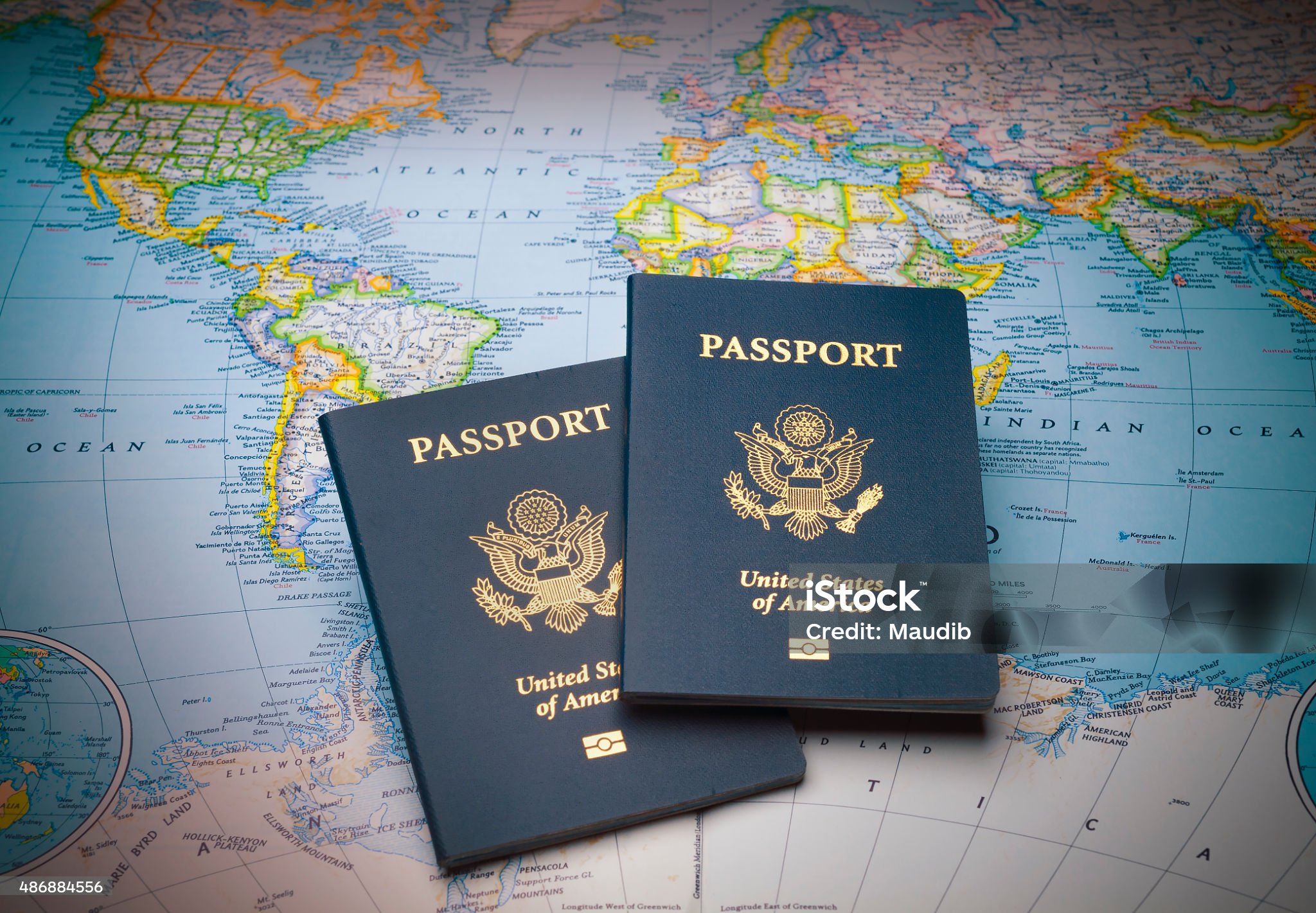Detailed Examination on Regulatory Structures for Digital IDs plus Security Features
Detailed Examination on Regulatory Structures for Digital IDs plus Security Features
Blog Article

1. Overview of Identification Documents
Personal identification documents hold great importance from both personal and social perspectives. Serving as "permissions" and "access tools," these documents ensure smooth societal operations. Various types of identification documents exist, with each fulfilling a unique role. Take, for instance, a copyright, which confirms an individual's legal ability to drive, and a copyright, which acts as proof of citizenship and permits border crossings. These documents are highly valuable on a personal level and play a crucial role in the transaction of contracts, for example, when applying for a job, accessing services, purchasing insurance, or renting a vehicle. Many times, financial institutions might request to review these documents if the borrower seems untrustworthy or lacks a solid credit history. These documents not only serve as clear proof of identity but also as authorization for a person to fund or operate within the law.
Identification documents weren't always as integral to daily life as they are in modern times. Their significance has evolved with the changing legal and security landscapes. Technological advancements enable organizations to develop advanced secure systems that outpace public ID technology. Numerous nations are transitioning to biometric-based standards for national IDs. Some already use electronic exit technology.
A person's identification documents serve as a formal confirmation of their legal standing. The "real identification" recognized documents worldwide include passports, copyright, copyright, and driver's licenses, at both global and national scales. Many people store their identification documents securely under lock and key and can easily access them whenever needed.
In this discussion, we delve into the legitimacy and importance of documents such as the IDP, Real ID, copyright, copyright, copyright, and resident permits, aiming to enhance public awareness of their necessity. Educational staff and the general public should know about them, and this knowledge could help prevent their loss or aid in their recovery. The content here is designed to inform both national and international readers about the most critical documents they need for personal understanding and practical use.
2. Legal Structures and Rules Overseeing Identification Documents
Identification documents fall under different laws and regulations depending on the jurisdiction. Documents are issued to individuals by authorized bodies, following strict guidelines meant to preserve their accuracy and integrity. These documents can be mandatory for certain situations while serving as optional verification in others. It is the responsibility of the individual to follow the rules of the jurisdiction that governs the use of the document. In summary, it is important for individuals to understand the local or specific legal requirements that apply to them in any jurisdiction where they expect or plan to carry out any transaction or to use such documents. For the most part, government agencies at the state or local level issue, regulate, and restrict certain documents for use in certain transactions.
The varying requirements of each jurisdiction and reasons for identification documents, however, can conflict with the need to travel and conduct business on an international level. Thus, it is a widespread issue when travelers struggle with unfamiliar identification regulations across countries. It would be impossible to list all of the rules for each country here, but it is important to know, today and in the future, with nearly 200 countries bordering this globe and some 7 billion inhabitants who are traveling, trading, and doing business with each other. Failure to follow these rules could lead to legal issues in another country, requiring adherence to international and reciprocal laws. Noncompliance may result in civil or criminal consequences, breaching identity, privacy, trade, commerce, or human rights laws.
The balancing of public policies with protected rights is often challenging when determining security guidelines for travel identification documents. That is, human rights can be at odds with public policies that demand strict identification measures to prevent terrorism. Finally, within the last five years, because of the advent and recognition of using digital mobile driver licenses, countries have either clarified their laws on this or started to draft regulations and laws to govern their usage beyond just technology, which is a moving target. The next frontier for global travel is believed to be the use of digital identification for global travel. Despite the shift towards mobile driver’s licenses, the use of passports is expected to persist well into the future. 
The standard and evolution of mobile driver licenses and digital ID is occurring too. Take California as an example: two years after passing its mobile copyright law, stakeholders are now ready to agree on formal rules for the first state-endorsed mobile license.
3. Comparative Study of International Driver’s License, Real ID, copyright, copyright, copyright, and Resident Permit
The International Driver’s License is a document issued for people traveling internationally to drive legally. The International Driver’s License was never developed by the UN or international organizations as a travel facilitation tool between countries.
The Real ID, is mainly used as a form of identification acceptable for boarding domestic flights, and functions alongside state driver’s licenses and ID cards that meet national standards. In addition to domestic travel, the Real ID grants access to federal facilities and nuclear power plants. However, the Real ID is not a travel document, copyright, visa, or resident permit. Though some people may use it abroad as an identification and date of birth document, the Real ID is primarily intended for domestic use.
More specifically, passports in the U.S. are considered a primary form of identification, not a derived one. A copyright is primarily used as a tool of foreign diplomacy; it was created to safeguard citizens from arrest and copyright assist them in traveling for diplomatic or non-obligatory negotiations. This is the official, often administrative, use. Of course, the copyright can also be used for bureaucratic or private matters. In order to travel abroad, especially across state borders, but in some states inter-regionally, the traveler must not only be fit to carry a copyright but also meet many other requirements.
The copyright is a record issued at the time of birth and is used as a means to obtain a copyright and other forms of identification. When comparing the two, it seems that both a copyright and a copyright serve the same fundamental purpose. That said, a copyright carries additional long-term benefits. Also, even if served in acquisition, the copyright never leads to the acquisition of a “second copyright”. A copyright is irrelevant to obtaining a second copyright unless it involves taking on an illegal nationality.
4. Anti-Fraud Mechanisms and Security Features in Identification Documents
Several security measures are in place to prevent the counterfeiting, modification, and fraudulent usage of identification documents. For example, many ID cards and documents include advanced features like holograms, layered images, and laser-etched designs. Other cards may feature RFID chips that store digital images and biometric data.
Many security features are either hidden or semi-hidden, such as special inks, watermarks, or microtext. Such security features are put in place to make ID documents extremely hard to copyright or alter. 
In general, the level of security of an copyright must align with the degree of trust needed for its use. For instance, a copyright doesn’t need the same high-level security features as a copyright, which is primarily used for international travel.
Advances in technology have driven the creation of more advanced security elements for ID documents. Actively promoting and adopting new security technologies helps keep one step ahead of potential fraudsters and counterfeiters by using up-to-date issuance practices.
Moreover, it is also important to continually evaluate existing and potential security features and issuance methods. This evaluation helps ensure that identification security keeps up with emerging threats and advancements that might compromise the document's integrity.
Furthermore, an effective anti-fraud document security program should focus on proactive as well as reactive strategies. Proactive measures might include training programs, public information efforts, security seminars, and public service announcements.
5. Conclusion and Future Trends in Identification Document Technology
This article examines the diverse forms of identification documents found around the world. It is important to see ID not only from the point of view of the technical level (multiple security features, function to verify, government and issuance bodies that could verify, etc.), but also from a legal regulatory point of view that would show the verification in courts where the document was used.
Research indicates that opinions on the quality of identification documents and their verification worth differ depending on the context of use. Additionally, ethnographic research could offer insight into how different cultures define what constitutes a reliable identification document. Comparative work also provides insight into how the legitimacy of identification documents can vary even in countries with similar political, social, and economic systems.
Future trends in identification documents are being transformed by new digital and technological advances. Technology is continuously boosting the CV and service offering of standard secure documents such as eIDs to follow the adoption of mobile phones. Key developments in this technological shift are the integration of biometrics and blockchain as distributed ledger technologies.
The use of biometrics, particularly with “liveness” detection, will gather biometric information during personal verification, improving identity trustworthiness and mitigating the risk of digital identity fraud. This technology may push beyond the boundaries of human rights recognized under international law and constitutional frameworks. This access must remain as private as possible and the subject of consent.
Digital identity systems may cause exclusion concerns, particularly for those who lack easy access to them. Many people struggle to gain access to digital identity systems, especially in certain regions. A so-called “identity gap” has emerged due to technological advances, which lead to unequal levels of access to identity verification across different parts of society.
There is a need for more systematic comparisons between digital identity systems and physical documents. So, apart from verifying identity, these databases are used to verify the risk levels for various transactions. There should be more systematic research to see how guaranteeing the “offline” verification rights can be applicable to this new identification context.